
We all want great-looking skin. A quick skim through any fashion and style magazine gives plenty of evidence that healthy, clear, youthful-looking skin is a hot commodity—you’ll see ads for anti-wrinkle serums and collagen creams, moisturizers, acne-fighting gels, lotions to minimize the appearance of pores. Some products are excellent (and often expensive), while others are the equivalent of modern-day snake oil.
Here’s the thing: beautiful, glowing skin (at any age) is not something that we can find in a bottle. It is something that starts from within. If we’re lucky, we’ve inherited great genes. If we’re smart about it, we also drink plenty of water, eat a nourishing diet (including plenty of essential fatty acids), and protect our skin from pollution (including secondhand smoke) and harmful ultraviolet rays. Great skin is often a reflection of our overall health and wellness.
With a solid foundation of nourishment and self-care, our skin can be even more beautified by topical herbal preparations. There are so many benefits of crafting your own skincare products using herbs. Making your own products:
- Allows you to custom-blend formulations to precisely meet your skin’s unique needs;
WE RECOMMEND THE VIDEO: 孕期护肤全攻略 | 孕妇禁用成分与完美替代品 | Pregnancy Skincare
孕期护肤全攻略!各位久等了~ 祝每个孕妈越来越美,科学护肤,抗老养胎两不误! 小红书和ins【mudimood】 🧾reference study -prospective, randomized, ...
- Avoids exposure to harmful additives that may do more harm than good;
- Can protect nature and the environment, with no cruelty to animals or industrial waste added to the water supply;
- Encourages creative herbal experimentation;
- Is economical;
- Provides a beautiful avenue for self-care that makes you feel (and look) great.
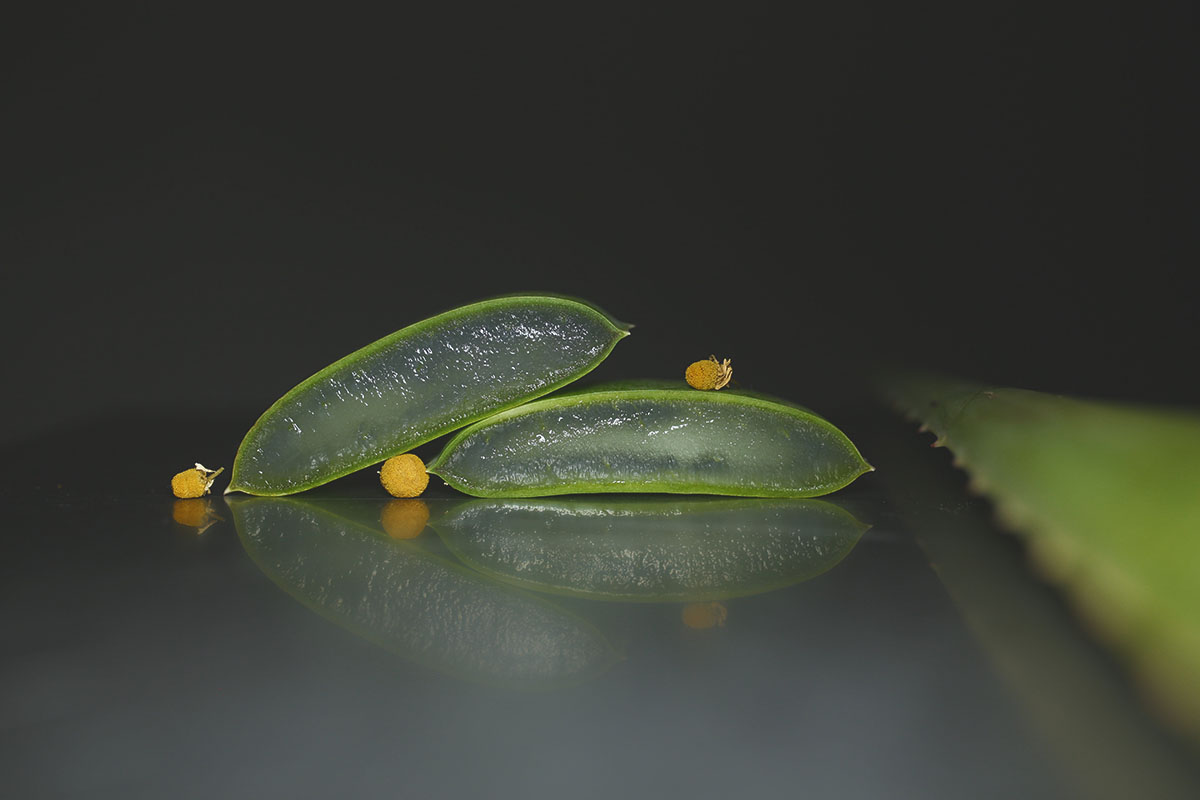
6 Plants for Herbal Skincare
Here are a few of of my favorite plants that are easily incorporated into an herbal skincare regimen:
Calendula (Calendula officinalis)
Calendula is a strong antiseptic and antifungal herb that is also gentle enough to use on the most sensitive of skin, and is also an excellent support for any skin problem that involves inflammation. This makes it a helpful addition to skin care products intended to address acne, eczema or psoriasis. It is also high in mucilage, so it soothes the skin as well (Ody, 1993).
Rose (Rosa spp.)
Rose is antibacterial and antiseptic which makes it a lovely cleansing herb; it is also very gentle on the skin as it imparts a lovely, relaxing scent. Rose is especially beautifying for dry, sensitive and mature skin, because it helps to retain moisture and its astringency helps to tighten and firm skin tissues (Loughran, 2002).
Lavender (Lavandula angustifolia)
Lavender is an ingredient commonly found in all kinds of skin preparations, and for good reason. It is highly antiseptic and antibacterial, it stimulates skin cell regeneration, and as an anti-inflammatory, it is healing when there is damaged skin, rashes or scarring, and stubborn acne (Gladstar, 2014). Not to mention, its calming and relaxing aroma helps turn a simple skin steam into a true spa-like experience!
Yarrow (Achillea millefolium)
Yarrow is highly astringent, so it’s a nice addition to blends for those with oily skin and/or large pores. As a vulnerary, it also aids in healing damaged skin and wounds. It is also anti-inflammatory and cools the skin (by encouraging a good, purifying sweat) (Ody, 1993).
Chamomile (Matricaria recutita)
The volatile oils in chamomile are among the best supports for highly irritated skin, where it’s fantastic for calming a “hot,” red complexion, supporting acne-prone skin, and soothing rashes or eczema. Chamomile, like Calendula, is also a strong antiseptic and antibacterial herb that is also gentle enough to use for sensitive skin.
Aloe (Aloe vera)
Aloe is a calming, soothing and healing emollient. It helps to tighten and firm the skin, smoothing fine lines and wrinkles, and it protects skin from sun damage. In fact, it can seal wounded skin so well that it’s best to avoid using where there may be infection so that you don’t trap pathogens in the body (Gladstar, 2014).
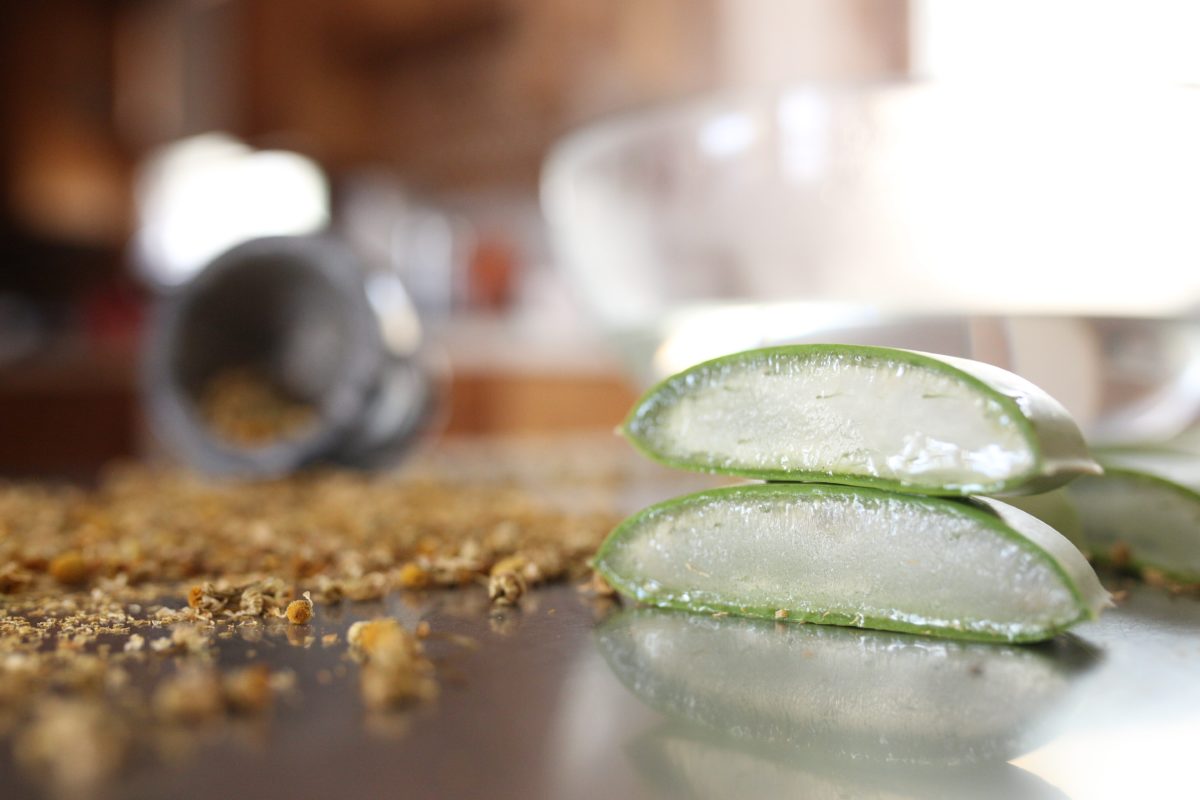
How To Make An Herbal Skin Steam And Aloe-Calendula Cleanser
Two simple skincare products to make and use at home are an herbal steam and a gentle cleansing wash.
Steaming is a great way to bring a fresh glow to the skin; it encourages blood flow to the surface of the skin, opens the pores, and helps to release impurities (Gladstar, 2014). The aromatic qualities of an herbal facial steam also can help revitalize or relax, calm the skin or get the circulation moving.
Here’s how to do it:
A Basic Herbal Facial Steam
¼ cup Calendula flowers
¼ chamomile flowers
¼ cup rose petals
⅛ cup yarrow leaf and flower
⅛ cup lavender flowers
- Combine all herbs well.
- Bring a pot of water to boil, then pour hot water into a large glass, ceramic, or stainless steel bowl.
- Add ½ cup of the herbal blend (store remaining herbs in a tightly-lidded jar out of direct sunlight). Sit with your face several inches to 1 foot above the bowl and cover head and bowl with a towel so that the steam is enclosed.
- Steam skin for about 5 minutes, then rinse with cool water to tighten pores.
You can also add essential oils to either a steam or wash, but be sure to use them with caution and in small amounts as they are highly concentrated. Some essential oils (while they smell amazing) are even contraindicated because they increase photosensitivity or are simply too strong for delicate facial skin.
(For more information on using essential oils safely for skin care, check out this blog: https://theherbalacademy.com/truth-phototoxic-essential-oils-use-safely/ ).
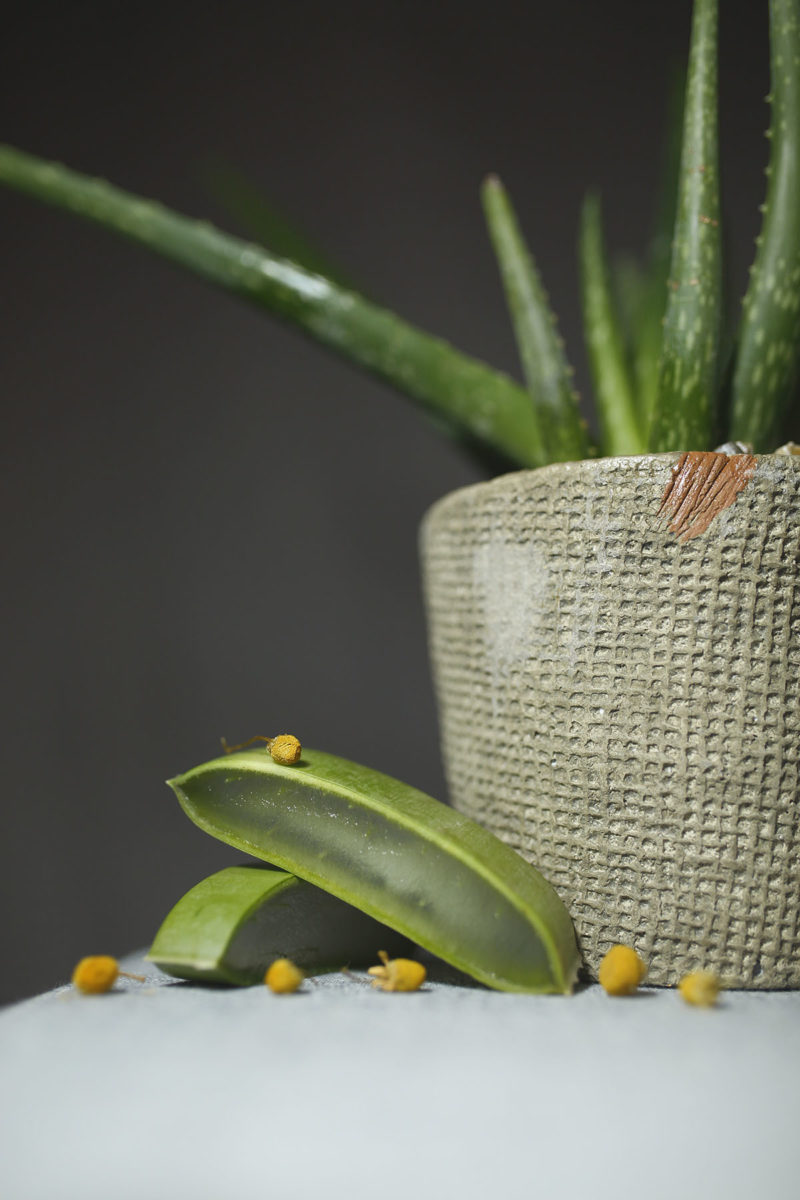
A Simple Aloe-Calendula Cleansing Lotion
This facial lotion gently cleanses, moisturizes, and encourages healthy circulation for a flesh complexion. It’s also great for all skin types!
¼ cup aloe gel
¼ cup Calendula infusion
1 tablespoon infused Calendula oil (optional)
1 tablespoon raw honey
- Whisk ingredients together in a small bowl, then store in a ½ pint jar or a pump dispenser. Aloe isn’t shelf-stable, so store this cleanser in the refrigerator where it will keep for up to two weeks (or longer, if your aloe gel contains 1% citric acid as a preservative).
- To use, shake well and apply to the skin. Let the cleanser sit for a minute or so, then remove by wiping off with a damp washcloth.
So simple, with such beautiful results! We’d love to hear how these products work for you, including other herbal additions you make to suit your unique skin. Show us your glow on our social media pages (@herbalacademy)!
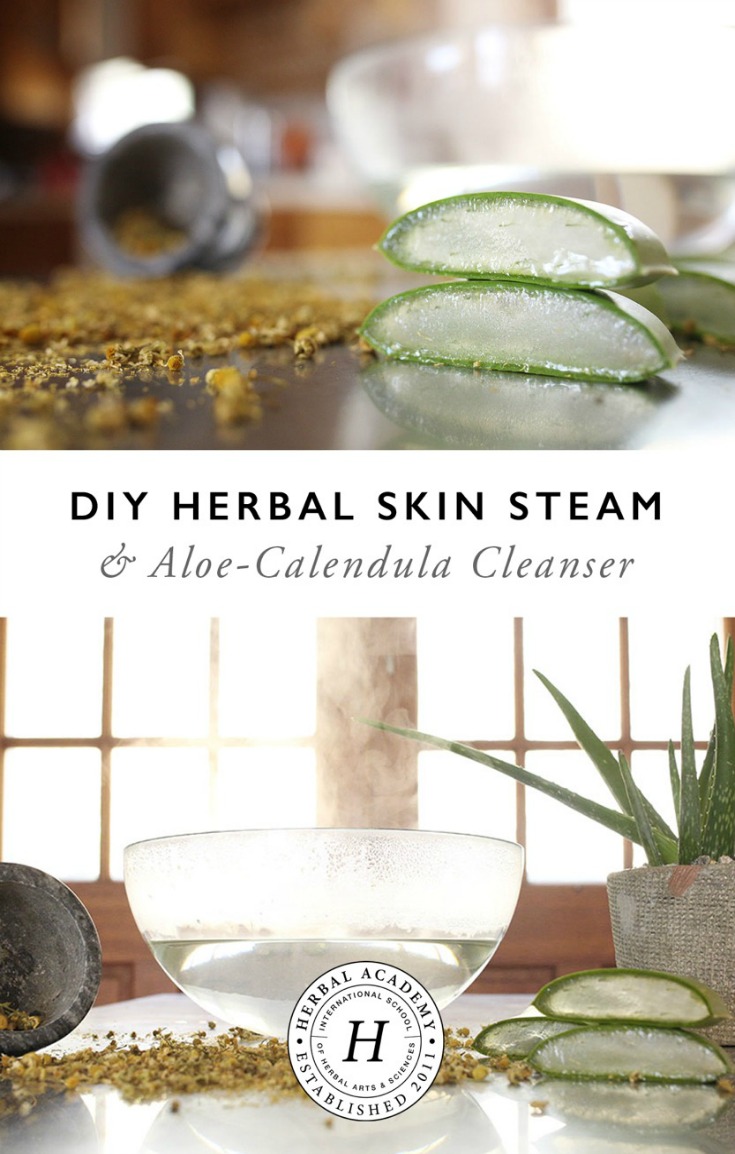
Loughran, J. (2002). Natural skin care . New Delhi: B. Jain Publishers.
Gladstar, R. (2014). Herbs for natural beauty . North Adams, MA: Storey Publishing.
Ody, P. (1993). The complete medicinal herbal . London: Dorling Kindersley Limited.
Share this:
- Click to share on Facebook (Opens in new window)
- Click to share on Pinterest (Opens in new window)
- Click to share on Twitter (Opens in new window)
- Click to share on LinkedIn (Opens in new window)
- Click to share on Tumblr (Opens in new window)
- Click to share on Reddit (Opens in new window)
- Click to email this to a friend (Opens in new window)
- Click to print (Opens in new window)
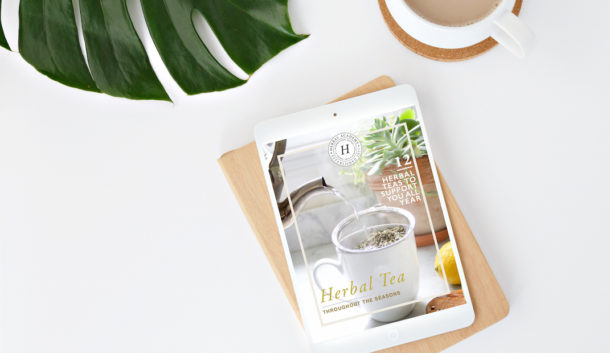
A Free Ebook Just For You!
Sign up for the Herbal Academy Newsletter, and we'll send you a free ebook.
Please add your email address below and click "Submit" to add yourself to our mailing list. Then check your email to find a welcome message from our Herbal Academy team with a special link to download our " Herbal Tea Throughout The Seasons " Ebook!
You have Successfully Subscribed!
About Post Author
Ayo Ngozi, M.S.
Related Articles
Disclosure
The Herbal Academy supports trusted organizations with the use of affiliate links. Affiliate links are shared throughout the website and the Herbal Academy may receive compensation if you make a purchase with these links.
Information offered on Herbal Academy websites is for educational purposes only. The Herbal Academy makes neither medical claim, nor intends to diagnose or treat medical conditions. Links to external sites are for informational purposes only. The Herbal Academy neither endorses them nor is in any way responsible for their content. Readers must do their own research concerning the safety and usage of any herbs or supplements.